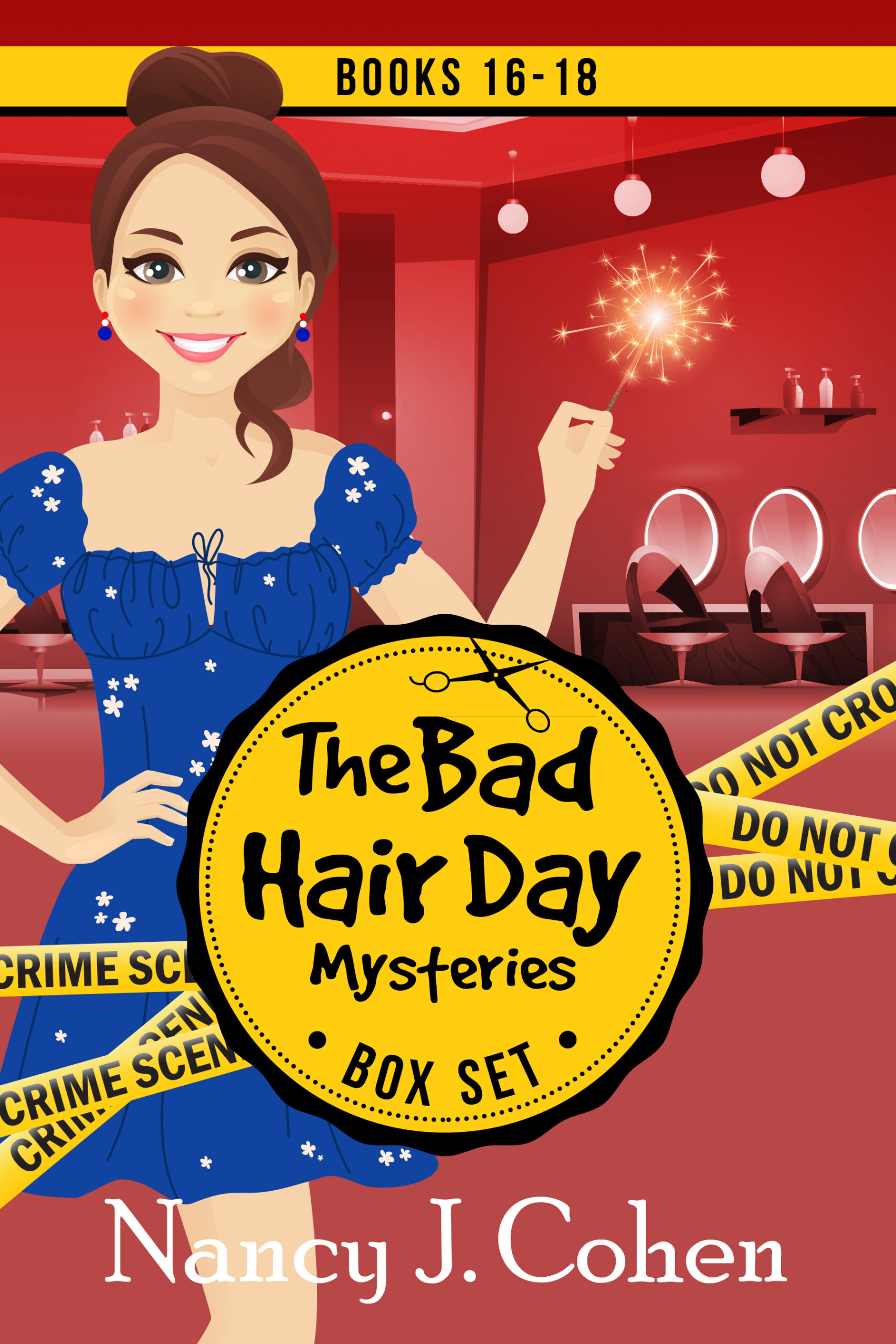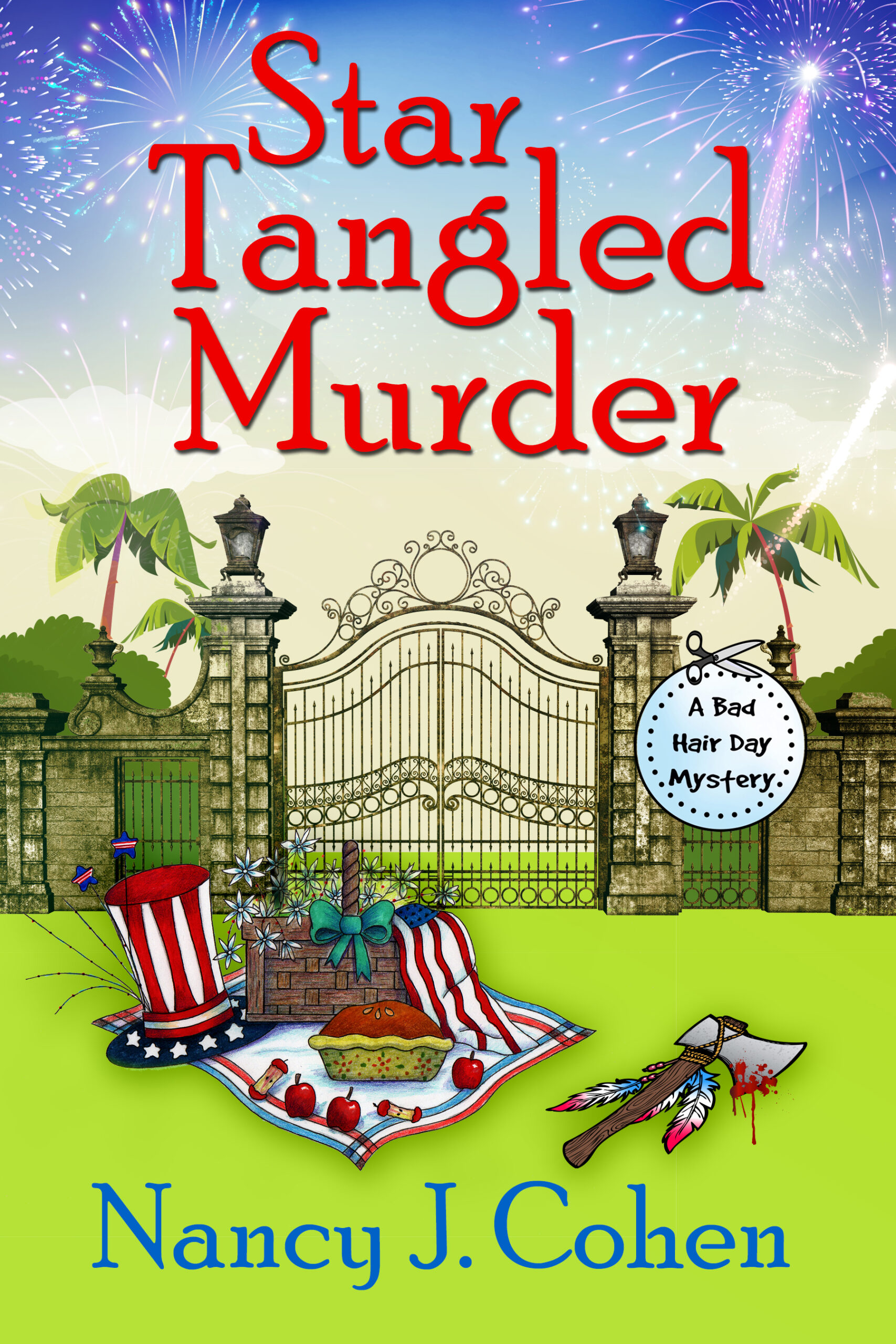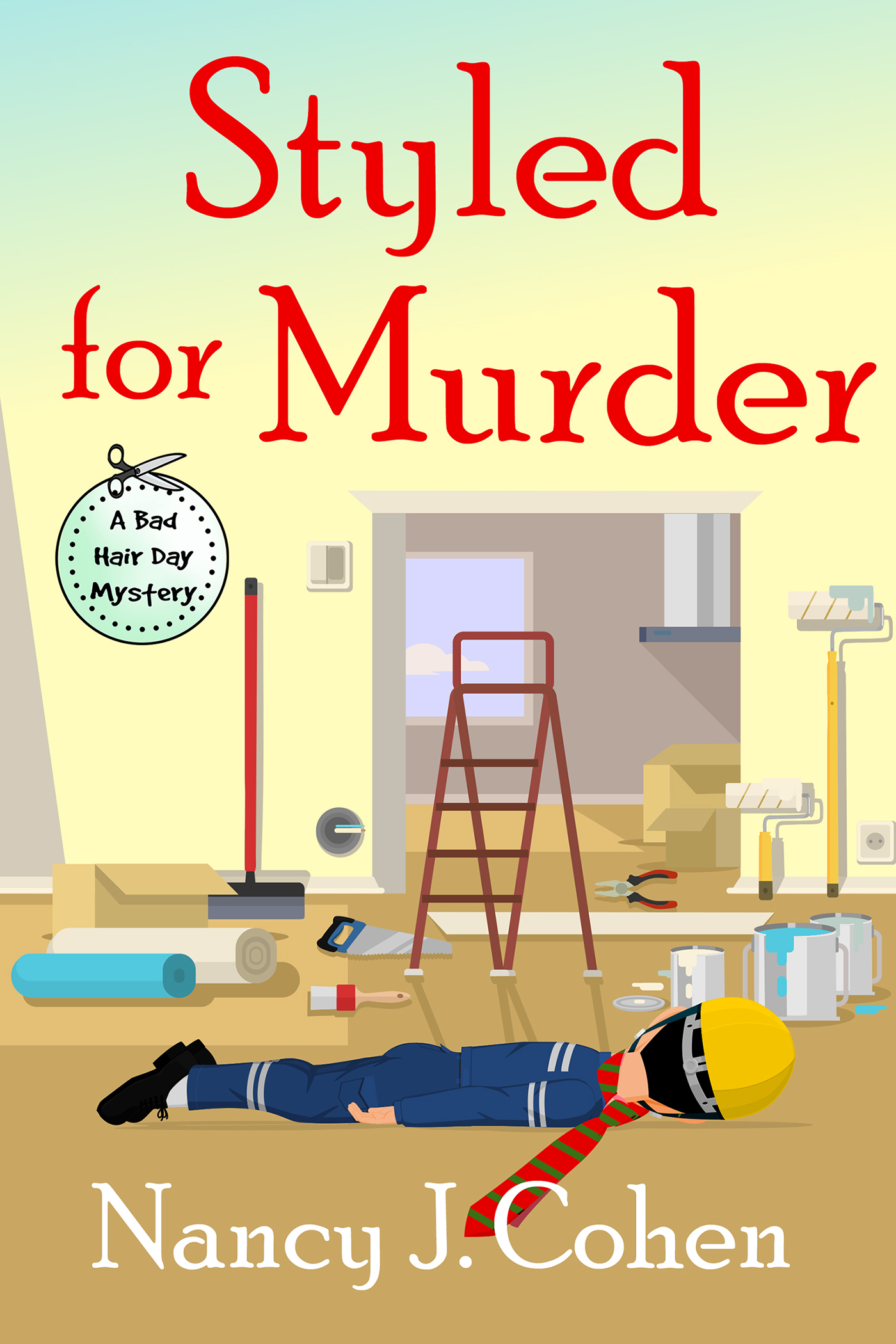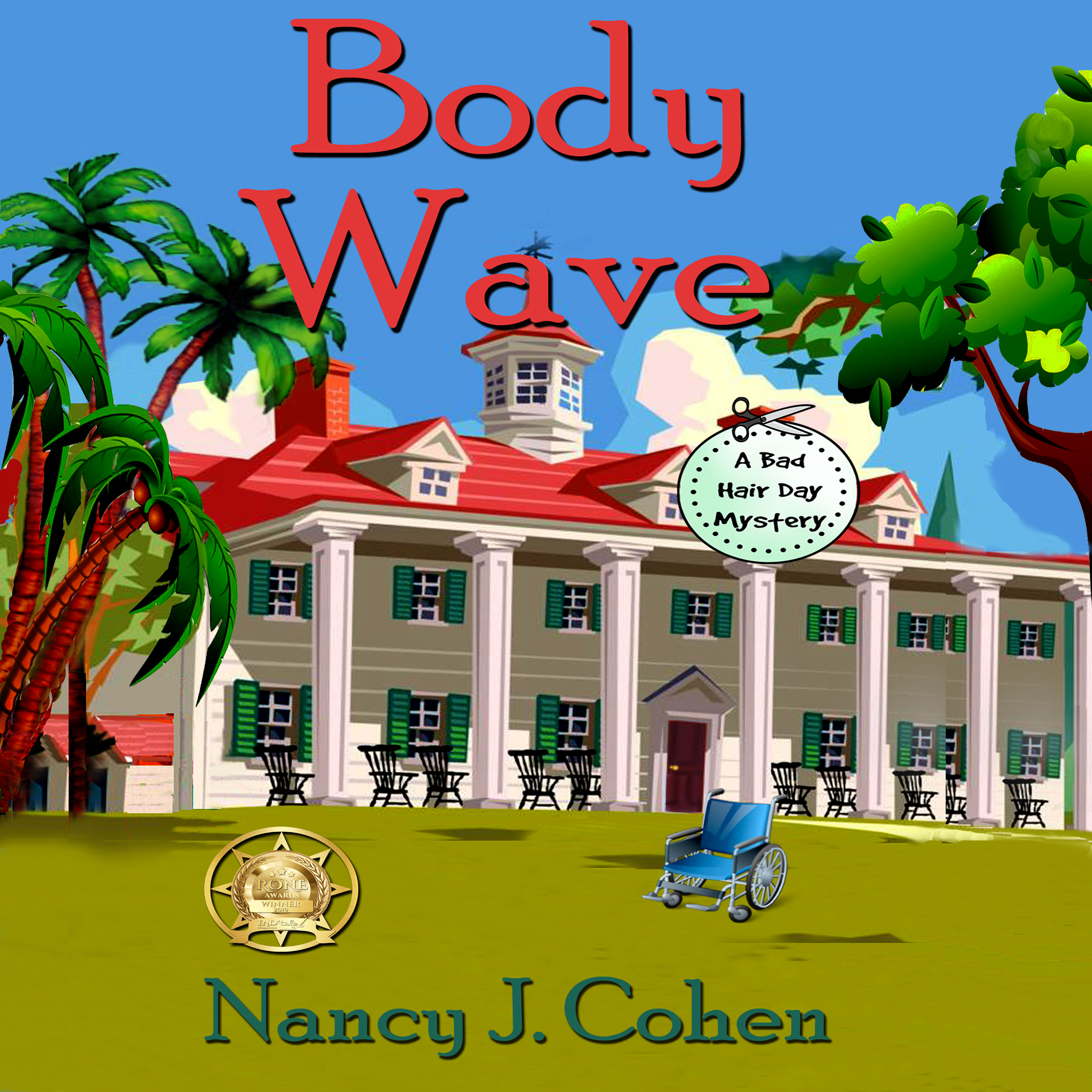You’re approaching the end of your book. Do you finish in a spate of action, or do you have your characters meet in a quiet scene where they reflect on what’s occurred? In a romance, these last pages are where the hero proposes and the main characters profess their love for each other. In a mystery, this scene serves a different purpose. It’s where all loose ends are tied up and final explanations for the crime come to light. Use the following steps as a guideline for your own work.
The authorities reveal information they previously couldn’t discuss.
In the course of an investigation, the police/detectives/federal agents cannot reveal all that they know. But once the killer is in custody, they can explain the rationale that led them to determining the murderer’s identity. In my Bad Hair Day mysteries, hairstylist Marla Vail is married to a homicide detective. Her husband Dalton may discuss some aspects of the crime with her earlier on, but much of what he learns cannot come out until later. Marla follows a different path to targeting the killer. This final scene may show them exchanging information on how each one arrived at the same conclusion but from a different angle.
The villain’s means, motives, and opportunity are exposed.
What drove the villain to commit the crime? How did he do it? Very likely, in the previous chapter, the hero confronted the killer, who may have confessed. But here is where you can fill in the sordid details and psychological aspects of the crime.
The survivors are not forgotten.
Even if you’re writing a light cozy mystery, the murder affects people. What happens to the victim’s family? How about the killer’s close relations? Two sets of tragedies occur here. What are the ramifications for these people?
What has the protagonist learned?
This is perhaps the most important item. Your main character, the amateur sleuth, has been affected by these events in some way. What has she learned from this experience? How have the people around her changed? How does this sequence of events change her plans for the future?
Set up for the sequel.
Has a new person been introduced into your universe who may play a larger role next time? Is there an unsolved mystery that’s part of a bigger story arc? Or does your main character receive a call to action that he has to accept? Here is where you can drop a hint of what’s to come.
Revisit old friends.
This final scene might take place between your main characters alone, or among recurrent characters whom your readers have come to regard as friends. This decision will arise from your setting and from the people who’ve peppered your story. Genre expectations may play a role here, too. In a romance, usually the hero and heroine are focused on each other at the end. Anything goes in a mystery, thriller, or sci-fi/fantasy, but make sure the ending has emotional impact no matter which characters it includes.
Frame the story.
If you began your story with a particular setting, you may want to return there for your final scene. Framing the tale in this manner resonates with readers.
<><><>
It’s hard to remember everything that’s happened when you write the first draft of this scene. No doubt you’ll add more later during self-edits. It helps to write down all the loose ends when you do a continuous read-through. Then you can check off each item as it’s answered in the story and fill in any missing information by the final chapter. Keep in mind that it’s important to end your story on an emotional note that will satisfy readers and encourage them to look for your sequel without delay.























Thanks for all the helpfully hints on writing tht you share with your readers who would like to be riters like you.
I hope to give you insights into the writing process with these posts. Thanks for reading them!
Nancy, you’ve done another great job of providing lucid tips. By pointing out that the last scene is apt to miss some of the story, it frees novelists from berating themselves for forgetting parts of their own stories. Framing is also a great device recently mentioned in a blog interview with Les Edgerton (http://onfictionwriting.com/rack/Les-Edgerton/32/) whereby his novel The Death of Tarpons had 85 rejections until another writer suggested framing it. He did, and it was published by the next editor who saw it. I love the idea of coming back around to the beginning.
I framed my very first published book, Circle of Light, and believe it made much more of an emotional impact that way. The book started with a secondary character, which is unusual, and it ended that way, too. But it seemed right for the story, a futuristic romance written in multiple viewpoints. The scope went beyond the hero/heroine although their love story was the focus.
Good advice, as always, Nancy. I’d add only one other thing: Sometimes a lot of wrapping up in a mystery can read like a list. Putting it in conversation/dialogue is a way around that. I agree with the other comment that you always have fabulous advice for aspiring writers.
Good point, Deb! Dialogue is a great way to get across the final wrap up of events.